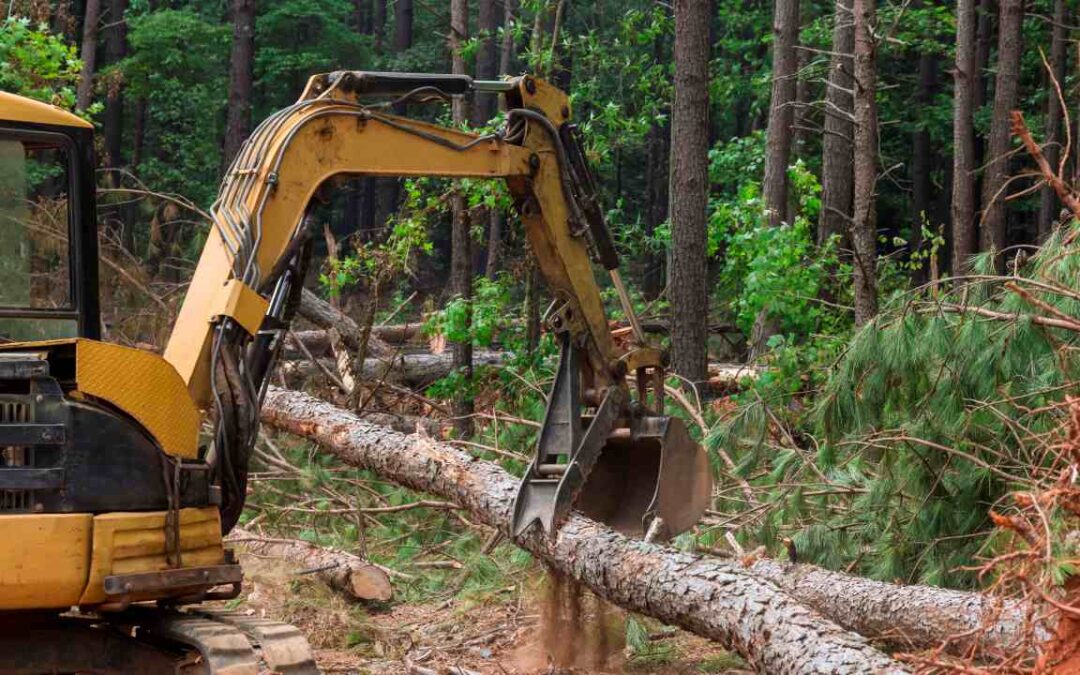At some point, leaves, branches, and trees need to be cleaned up and removed from the yard. While small amounts of brush can be disposed of in green waste bins, that’s not always possible with large amounts of brush.
If you’re clearing and removing a substantial amount of brush or already have a pile in your yard, it’s best to determine a plan of action for cleanup and removal.
Examine Your Landscape
When you’re planning to clear land for construction or do some landscaping work, you’ll want to know exactly what you’re dealing with. To do this, you’ll need to take a close look at the landscape and determine what needs to be done.
For example, are you removing trees? If so, are they large or small trees? Do they have a lot of foliage and branches? How tall are the trees? Height, diameter, and density will all affect how much tree debris you’ll need to remove.
Maybe you’re removing shrubs, grass, and brush instead. Or do you have a lot of vines that need to be cut back and removed? The amount of material and the size of the clippings will determine the best way to remove the weeds. For example, if there is a large amount of debris, instead of waiting for trash collection day, you may want to rent a dumpster to remove the weeds. This can be a quick and effective way to complete the cleanup and removal of weeds on your property.
Make a Plan for Weed Removal
Before you begin clearing weeds, it is a good idea to come up with a plan of action for removing the weeds. Otherwise, you may end up with too much excess in your yard, which can create a fire hazard. Very large piles of weeds can also be a haven for animals such as rodents, snakes, ticks, and fleas.
Equipment Needed for Clearing Weeds
Before clearing weeds from your yard, make sure you are using the proper equipment and always keep your safety in mind. Make sure your equipment is maintained and working properly. The following items will be helpful in protecting you from damage while clearing weeds and will allow you to clear your land quickly and effectively.
Tips for Removing Brush
When clearing brush from a landscape, it’s a good idea to start with the largest items and work your way to smaller vegetation. This means cutting or pruning large trees first, then moving on to smaller trees, and finally shrubs and perennials.
If you’d rather remove a tree entirely, it’s important to remove any stumps as well. If the root system is small enough, then you can use a shovel to dig up any small stumps that have shallow root systems. For larger trees with extensive roots, use a stump grinder.


